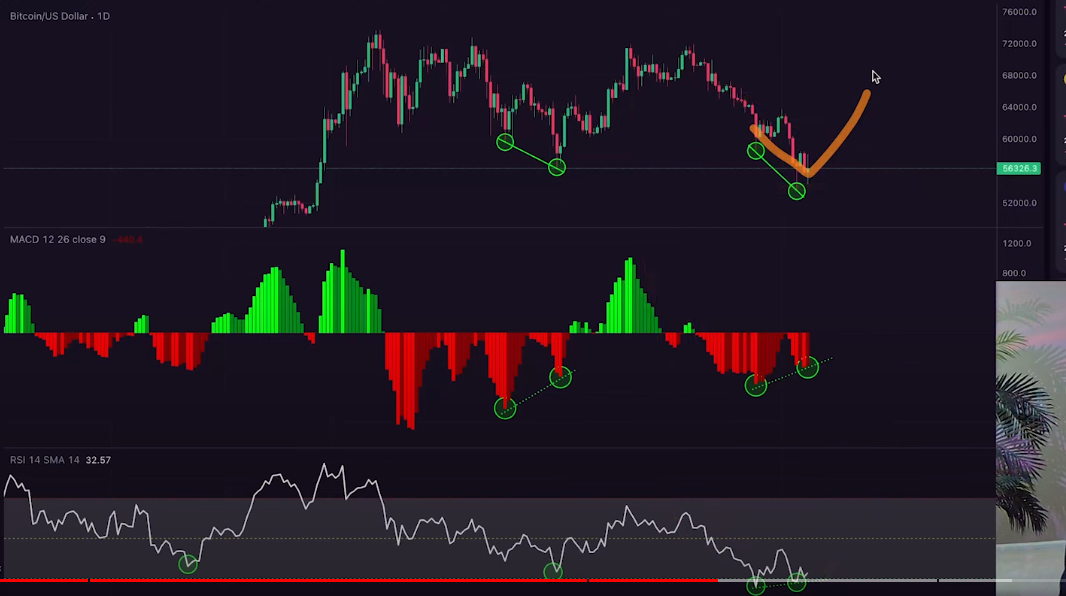Lugh has announced on X (formerly Twitter) that it will stop issuing its Euro-pegged stablecoin. The new development comes just a few days after Binance announced it will implement the MiCA stablecoin rules starting June 30th. Lugh will suspend its stablecoin issuance activity to comply with the European Economic Area (EEA) regulations on Stablecoins.
Also Read: OKX user loses $2 million in crypto in AI deepfake hack
Lugh immediately stopped issuing EURL tokens following the upcoming compliance requirements in the EEA. A new set of rules has been established to help govern the issuance and overall regulation of stablecoins in the European market.
The MiCA regulations, short for Markets in Crypto-Assets Regulation (MiCA), are rules that primarily focus on protecting cryptocurrency investors.
Following the upcoming EU MiCA regulations, Lugh has decided to halt the issuance of EURL tokens. The stablecoin issuer will have to change its operations to achieve total compliance.
📢 Annonce :
MiCA : Lugh suspend son activité d’émission de stablecoin pic.twitter.com/RdXzJHBzY5
— Lugh (@LughStablecoin) June 4, 2024
Lugh adjusts to new MiCA regulations
The MiCA rules require stricter operations monitoring among stablecoin issuers. The EU’s motivation to protect crypto users has prompted establishing and enforcing these new regulations. Essentially, stablecoin issuers like Lugh must implement thorough risk management strategies.
Also Read: Binance Announces Major Changes to Stablecoin Access in Europe
The MiCA rules also require all stablecoin issuers to implement detailed oversight. Stablecoin issuers must allow third-party auditing of their operations to ensure reserves are safe and the issued stablecoins are actually pegged to available assets as required.
Although Lugh has stopped issuing the EURL stablecoin, the company has assured its users that they can redeem the tokens until August 30th. The grace period is meant to allow a smooth transition to the “regulated” stablecoins in the EEA.
European Union enforces MiCA regulations

The MiCA regulations are expected to take effect in June. The European Union members have been making adjustments to allow a smooth transition to the new rules. The MiCA rules provide blanket guidelines for all the EU states; however, the individual states could implement slightly varied versions of the regulations.
The MiCA regulations are expected to be implemented by 27 EU members by June. The EU states are also expected to implement additional licensing and other rules by December 2024. According to the EU’s regulatory framework, crypto companies must comply with the MiCA rules and obtain licensing from each country within the EU to operate fully.
The MiCA rules will mostly affect “crypto-friendly” countries with less stringent internal rules. However, with existing regulators, accommodating MiCA rules is expected to be smooth for strict countries like Germany and France.
Also Read: PayPal Launches Stablecoin PYUSD on Solana Blockchain
The EU has different cultural, constitutional, and governance structures that exist under one regional umbrella. Therefore, the MiCA rules are designed to allow each country within the European Economic Area to implement its unique laws while still complying with regional laws.
Countries like Croatia and France may have slight differences from Germany or Slovakia. For instance, Hungary only has one financial regulator, meaning that the regulation of crypto activities will be handled exclusively by its central bank.
On the other hand, in Croatia, the regulation duties are expected to be subdivided between the country’s financial regulator, Hanfa, and the Croatian National Bank.
Cryptopolitan reporting by Collins J. Okoth





